Georgie Kite
Drawing on a background in photo media and literature, Georgie Kite’s practice is grounded in observation and reflection. Her paintings develop gradually, layering colour, form, and texture to create surfaces where motifs such as vessels, headlands, and native flora seem to emerge and recede. These works are less representations of place than meditations on how place is perceived — how time, weather, light, and mood shift the way we see and understand the world around us.

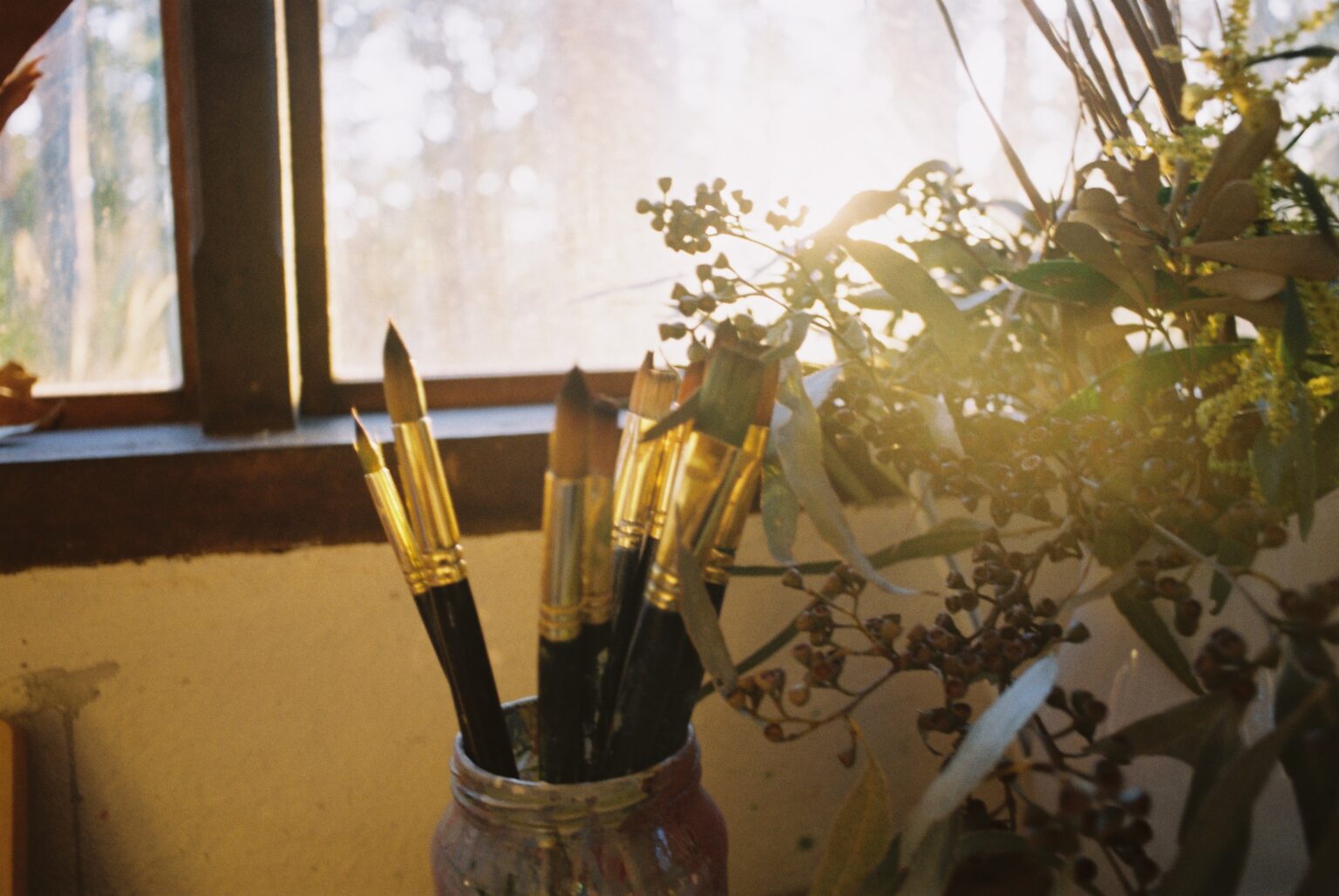
Could you describe your painting process?
My painting process begins with fields of light and darkness that eventually become submerged, forming a hidden structure, an empty stage for playful forms to appear and shift. These undercurrents guide the lines I scratch into the surface. The gesture is not deliberate but responsive; I follow rather than lead, watching the marks intersect and become ambiguous shapes, a body of water that is also a jar, a horizon line that is also the edge of a table. Other elements emerge within these outlines: a flower, a branch, an overflowing laundry basket. These are not planned but discovered, rising from somewhere beneath conscious thought.
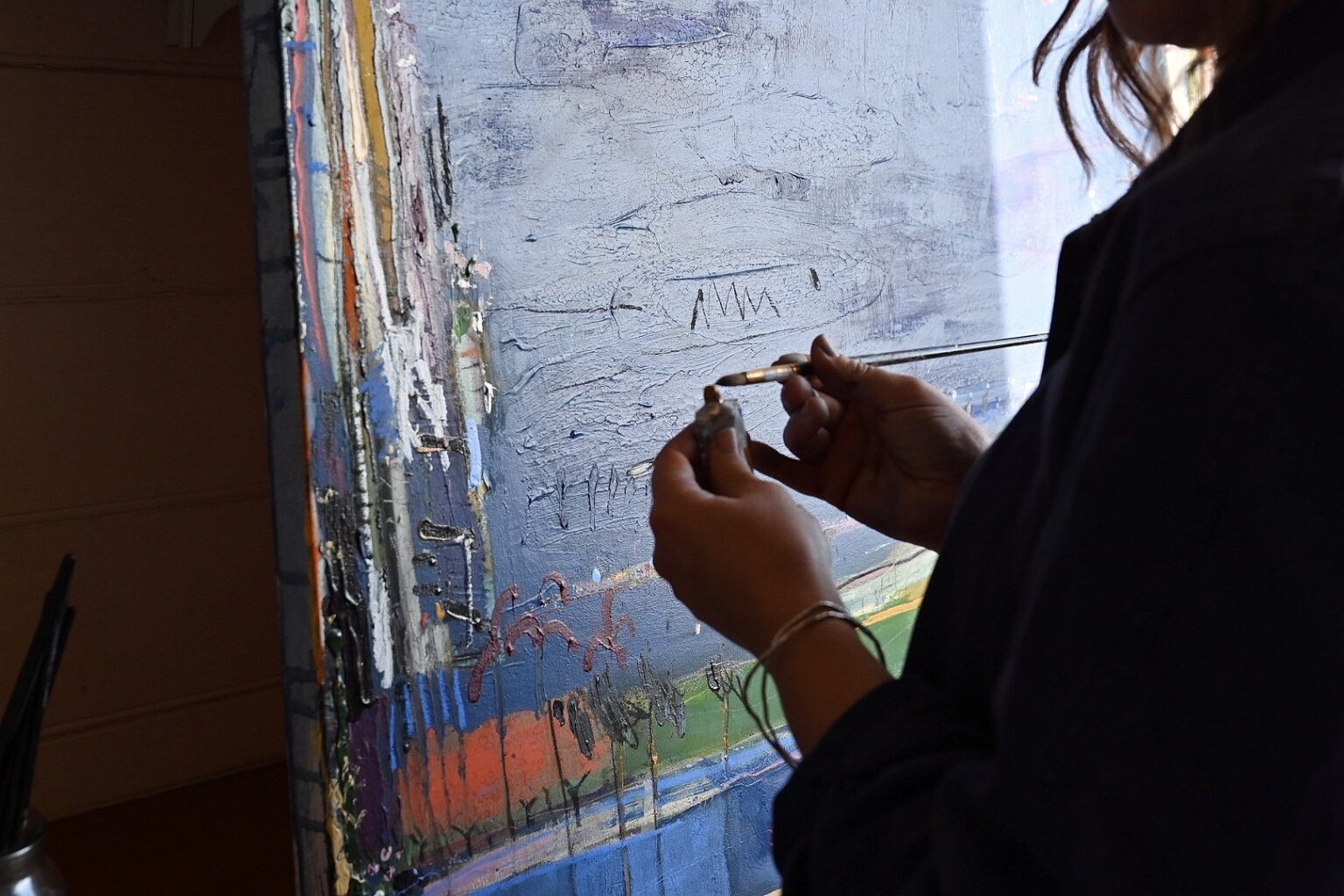
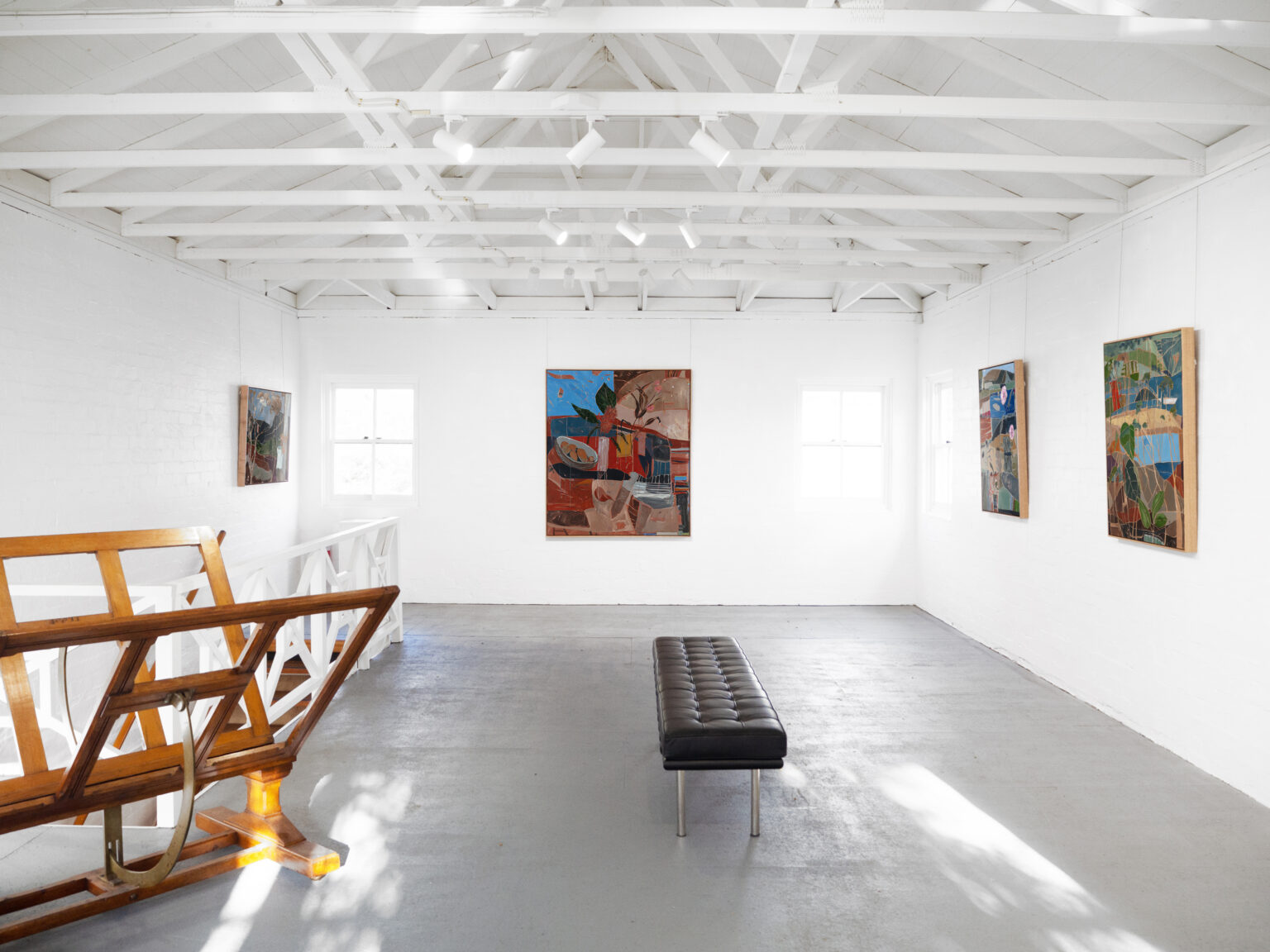
How does colour play a role in your process?
I cannot see the scene until the colour arrives like a memory, one hue leading to the next, and something begins to cohere. The painting reveals itself in this way, like a puzzle slowly connecting, and I begin to recognise moments absorbed in stillness and noticing: the beauty of a detail; light falling on a petal, the moon awake in the day, a strange breeze making the trees whisper.
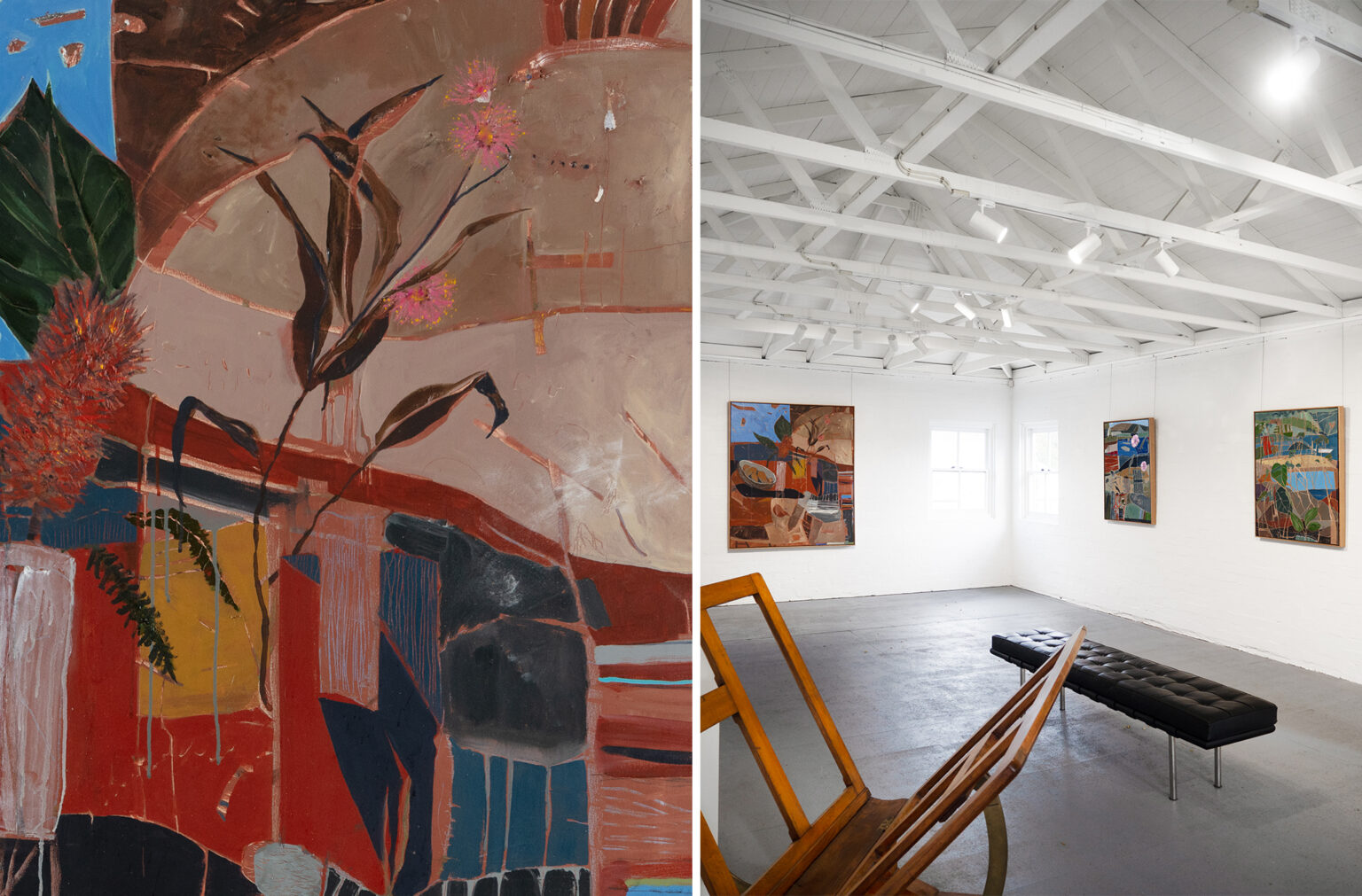
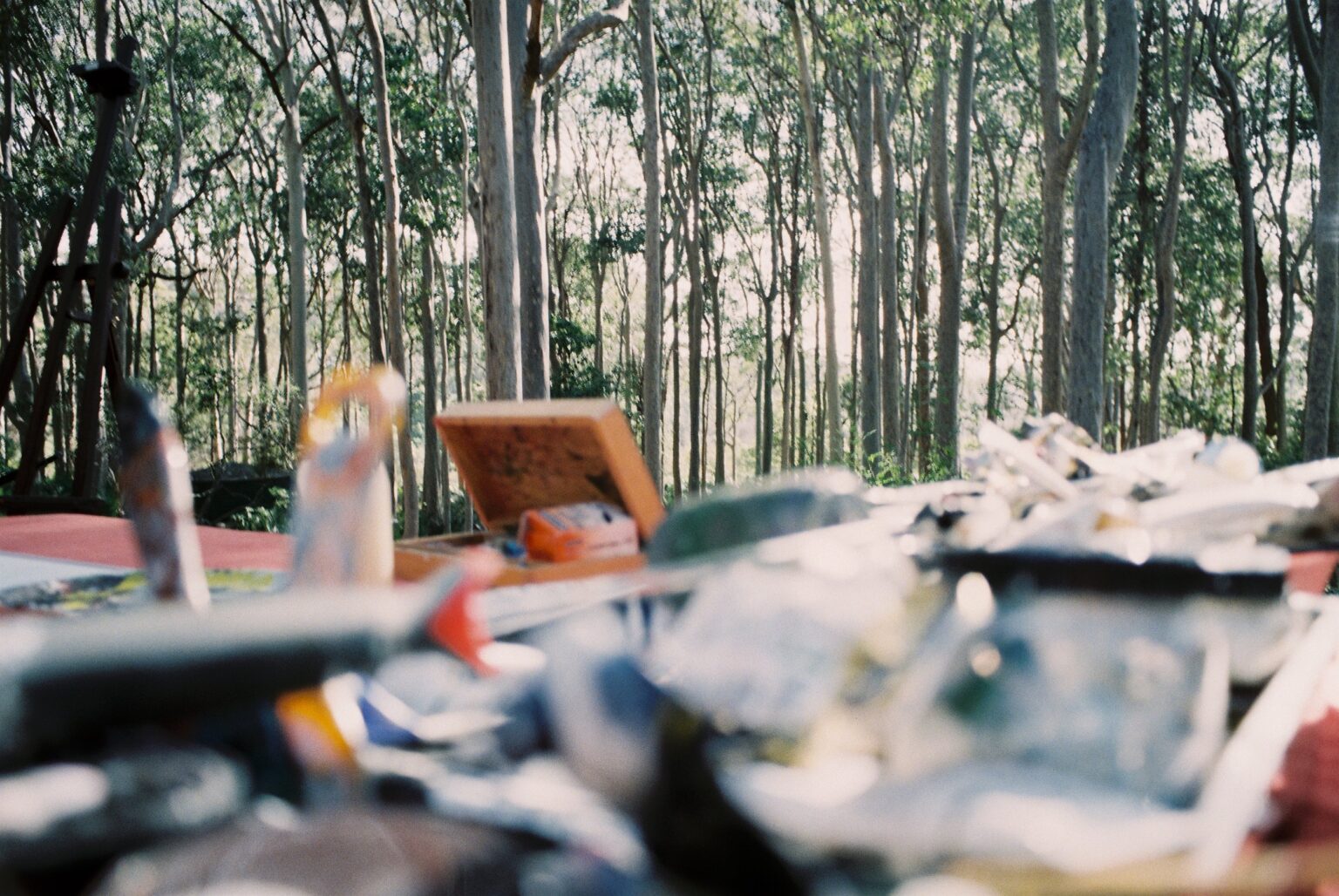
What do you see when you step back from a completed work?
I step back and see a reflection: of inner terrain, of outer environment, of daily life and small mysteries. The scenes feel at once intimate and unfamiliar. Light and mood arise in ways I could never orchestrate from the outside in; they come from a place of trust, intuition, and surrender.
You mention the feminine in your work. Can you expand on that?
The feminine weaves through this process, not as a theme, but as an approach, cyclical, nonlinear, rooted in the body and the subconscious. The moon recurs, a symbol of light in darkness, of quiet cycles, of presence without explanation
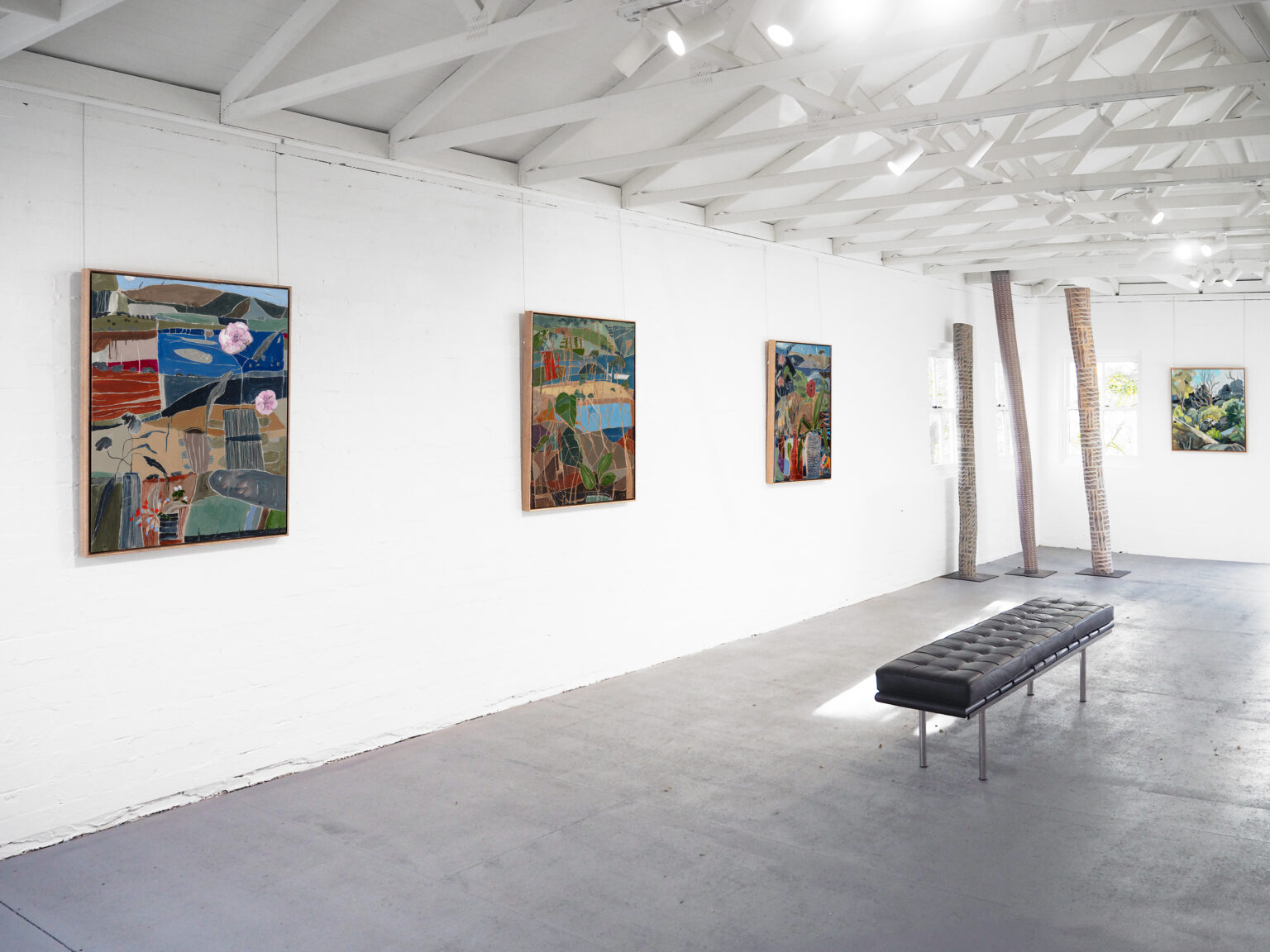
How do you think of your paintings in retrospect?
Each painting is like a dream, one that seems to make a kind of sense in retrospect, though I never fully understand it. I hope the viewer feels that same flicker of recognition, the moment when something invisible becomes suddenly, undeniably present.













